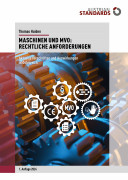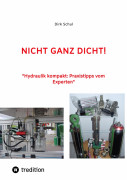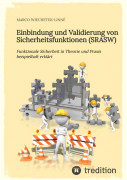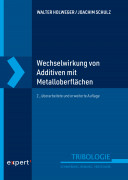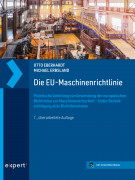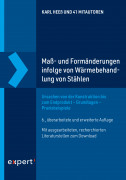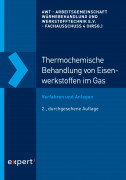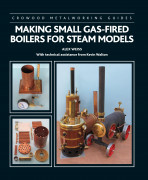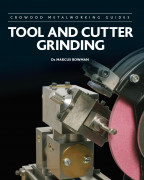Nitin Dhawan, Dharmpal Deepak, Sulakshna Dwivedi: PROCESS PARAMETERS OF AL ALLOY CASTINGS PRODUCED BY HIGH PRESSURE DIE CASTING
Aluminium Alloy Castings
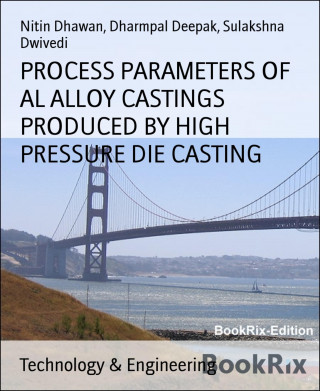
| Produkttyp: | eBook-Download |
|---|---|
| Verlag: | BookRix |
| Erschienen: | |
| Sprache: | Englisch |
| Seiten: | 68 (Druckfassung) |
| Format: | EPUB
Info▼
|
| Download: | 573 kB |
In the current study, an industrial product (electrical wire connector) have been casted in cold chamber die casting process using LM2 aluminium alloy to produce certain specimens to be assessed under the study for the determination of the responses ( mechanical properties such as impact strength, hardness and surface roughness). As cold chamber die casting is being popularly known for its efficient and accurate casting process which can process a broad range of castings with intricate shape easily, hence it requires a lot of study in controlling the process variables with optimum combination of process variables to produce defect free and sound casting. Therefore in the current study, the process variables such as pouring temperature (725oC, 750oC, 775oC), intensification pressure (170 kg/cm2, 180 kg/cm2, 190 kg/cm2), type of coating (oil+graphite coating, dycote+graphite coating and dycote coating) and type of cooling (air cooling, water cooling and oil cooling) have been varied at three levels and 9 different experiments have been designed using Taguchi array (L9 orthogonal array) to assess the effects of different combinations of process variables over the mechanical properties (impact strength, hardness and surface roughness). The study aims at selecting the optimum combination process variables on the basis of the responses resulted in the 9 experiments. The graphs for the responses (impact strength, hardness and surface roughness) against each process variables have been plotted and carefully observed to identify the significant process variable along with respective level of operation affecting the respective response. From the overall study, intensification pressure was concluded to be the most significant process variable with maximum contribution to the impact strength and surface finish. The micrograph images captured corresponding to the respective levels of intensification pressure (170 kg/cm2, 180 kg/cm2, 190 kg/cm2) revealed the presence of shrinkage porosity corresponding to lowest level of intensification pressure (170 kg/cm2) and with further increase in intensification pressure led to a decrease in the extent of presence of porosity. Dycote coating was considered as the most optimum coating with significant contribution to the hardness. Air cooling and oil cooling were equally significant process variables with equivalent contribution to the mechanical properties.

